A new type of glue that can be used to bond hydrogels to other hard or soft objects has been developed by a team of researchers at Johannes Kepler University Linz. In their paper published on the open-access site Science Advances, the group explains their development process, the structure of the glue, how it works and in what ways.
Hydrogels, as the name suggests, are materials made mainly out of water. They are typically rubbery and are often elastic. Many of them have been developed to allow for the creation of materials that are more like those found in living creatures. Some examples include soft contact lenses, soft bone replacement in the vertebrae and even jelly-like robots. But one thing that has been holding back more advanced applications is the inability to glue or bond hydrogels with other objects in ways that allow for bending or stretching, or even for attaching well to hard objects. In this new effort, the researchers report they have developed a glue that solves this problem.
The researchers started by investigating the possibility of using superglue, the common household adhesive. But they found it would not work because when it dries, it becomes hard—that means that when two stretchy materials are bonded together, the glue cracks when both are stretched. That led them to conclude that what was needed was a non-solvent—a material that would not dissolve into the glue and would prevent it from becoming hard.
The result, the team reports, is a glue made with cyanoacrylates (the adherents in superglue) diluted with a non-solvent. When it is applied to two surfaces, the researchers explain, it diffuses into their outer layers and is triggered to polymerize by the water content, such as in a hydrogel. Put another way, they say that the glue becomes tangled with the polymer chains in a gel, creating a very tight bond—and thus far, it has worked really well.
The team has tested their glue on a variety of products—gluing a hydrogel to a vertebrae model, for example. They found that it would also bond especially well with an elastomer. They used their glue to create a patch of electronic skin upon which they were able to glue such things as a processor, battery and temperature sensor.

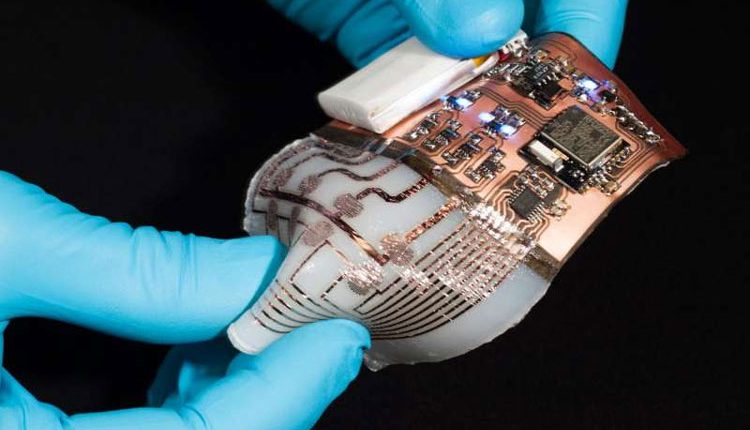
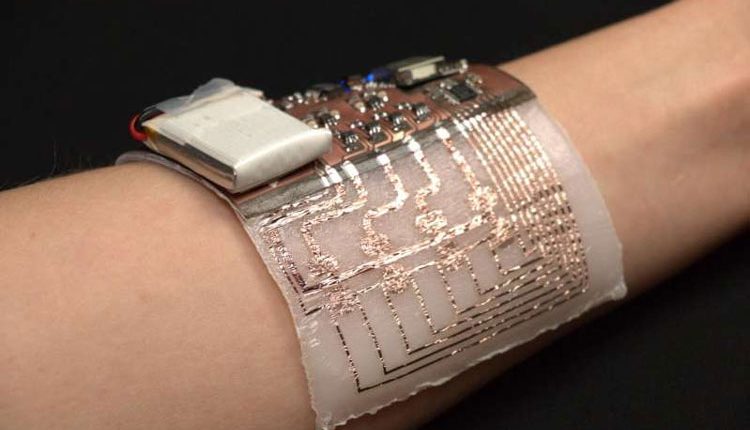
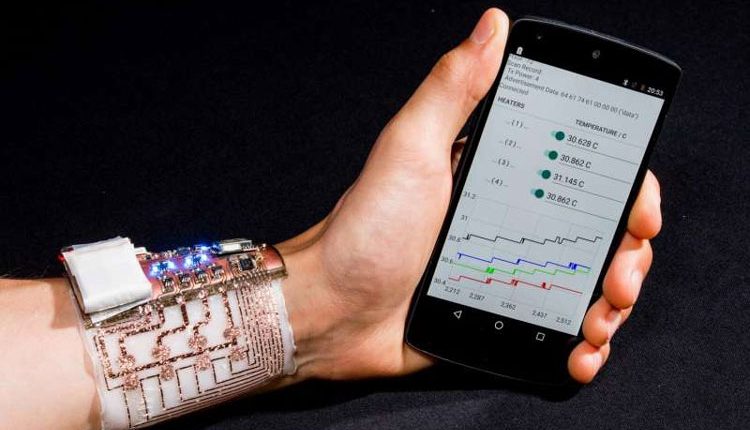
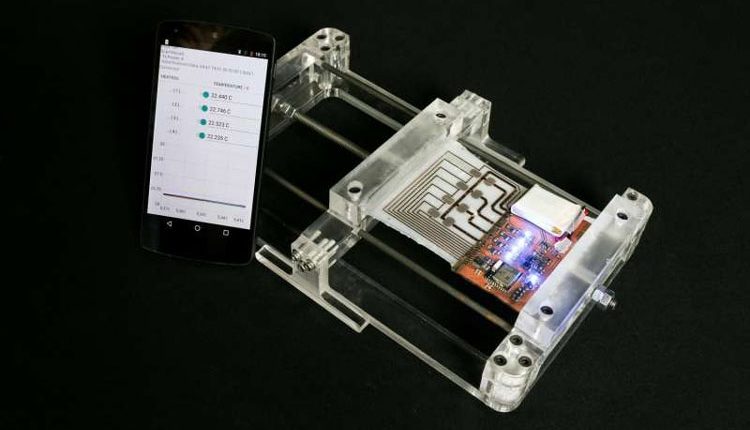
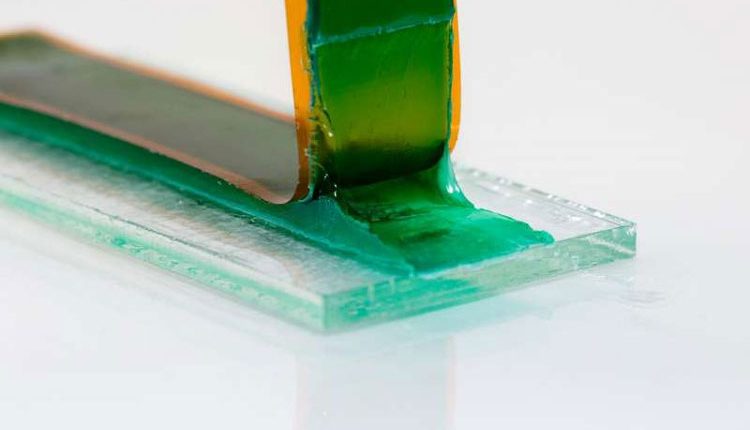
Comments are closed, but trackbacks and pingbacks are open.